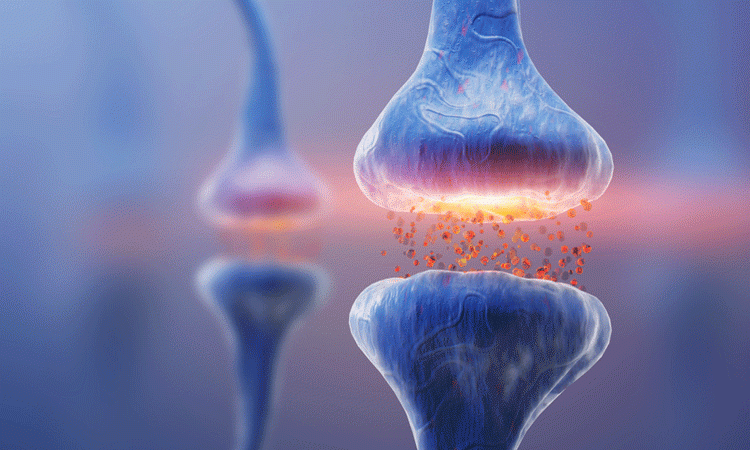New gene therapy repairs neuron stroke damage in mice
Posted: 12 September 2019 | Victoria Rees (Drug Target Review) | No comments yet
Researchers have developed a new treatment method which turned glial cells into functioning neurons in mice after stroke.


A new gene therapy has turned glial cells into neurons, repairing damage from stroke and improving motor function in mice. The treatment could be used for patients who have suffered from stroke, according to the researchers from Penn State, US.
“I believe that turning glial cells that are already present in the brain into new neurons is the best way to replenish lost neurons,” said Professor Gong Chen, the lead researcher. “These glial cells are the neighbours of the dead neurons in the brain and are likely to share the same ancestral cellular lineage.”
The team previously found that a single genetic neural factor, NeuroD1, could directly convert glial cells into functional neurons inside mouse brains with Alzheimer’s disease, but the number of regenerated neurons was limited.
In the current study, the team utilised the AAV viral system to deliver NeuroD1 into mouse motor cortex that had suffered from stroke.


This is an image of neurons (red) that were converted from glial cells using a new NeuroD1-based gene therapy in a stroke-injured mouse brain (credit: Chen Laboratory, Penn State).
After stroke, surviving glial cells can proliferate and form a glial scar. The AAV system was designed to express NeuroD1 preferentially in the glial cells that form these scars, turning them directly into neuronal cells. The conversion technology not only increased neuronal density in the stroke areas, but also significantly reduced brain tissue loss caused by the stroke.
The researchers found that the newly converted neurons demonstrated similar properties to the neurons that were lost.
“The most exciting finding of this study is to see the newly converted neurons being fully functional in firing repetitive action potentials and forming synaptic networks with other pre-existing neurons,” said Chen. “They also send out long-range axonal projections to the right targets and facilitate motor functional recovery.”
“Because glial cells are everywhere in the brain and can divide to regenerate themselves, our study provides the proof-of-concept that glial cells in the brain can be tapped as a fountain of youth to regenerate functional new neurons for brain repair not only for stroke but also for many other neurological disorders that result in neuronal loss,” said Yuchen Chen, the lead author. “Our next step is to further test this technology and ultimately to translate it into clinically effective therapies to benefit millions of patients worldwide.”
The results were published in Molecular Therapy.
Related topics
Gene Therapy, Genomics, Neurons, Neurosciences, Regenerative Medicine, Research & Development
Related conditions
Alzheimer’s disease, Stroke
Related organisations
Penn State
Related people
Professor Gong Chen, Yuchen Chen



